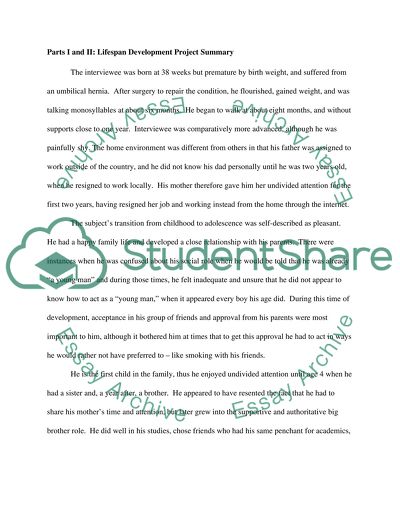Cite this document
(“The Lifespan Development Case Study Essay Example | Topics and Well Written Essays - 1000 words”, n.d.)
Retrieved from https://studentshare.org/psychology/1405080-developmental-psychology-final-question-and
Retrieved from https://studentshare.org/psychology/1405080-developmental-psychology-final-question-and
(The Lifespan Development Case Study Essay Example | Topics and Well Written Essays - 1000 Words)
https://studentshare.org/psychology/1405080-developmental-psychology-final-question-and.
https://studentshare.org/psychology/1405080-developmental-psychology-final-question-and.
“The Lifespan Development Case Study Essay Example | Topics and Well Written Essays - 1000 Words”, n.d. https://studentshare.org/psychology/1405080-developmental-psychology-final-question-and.


